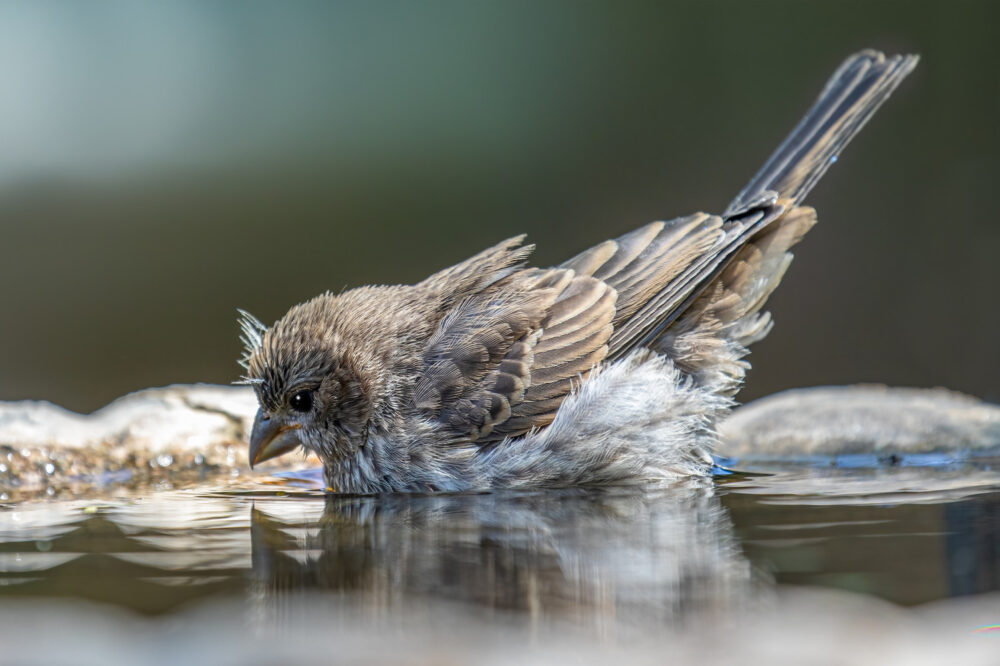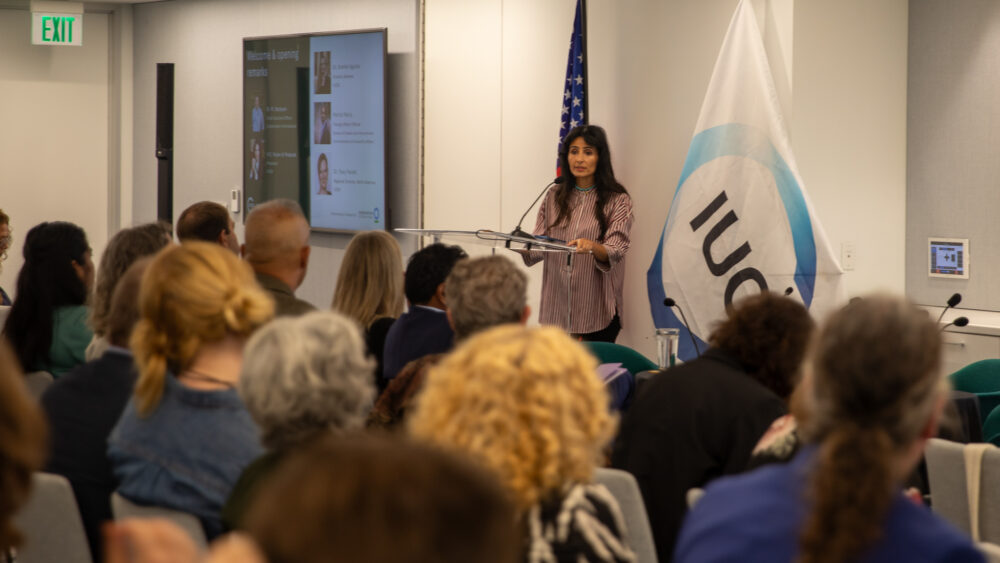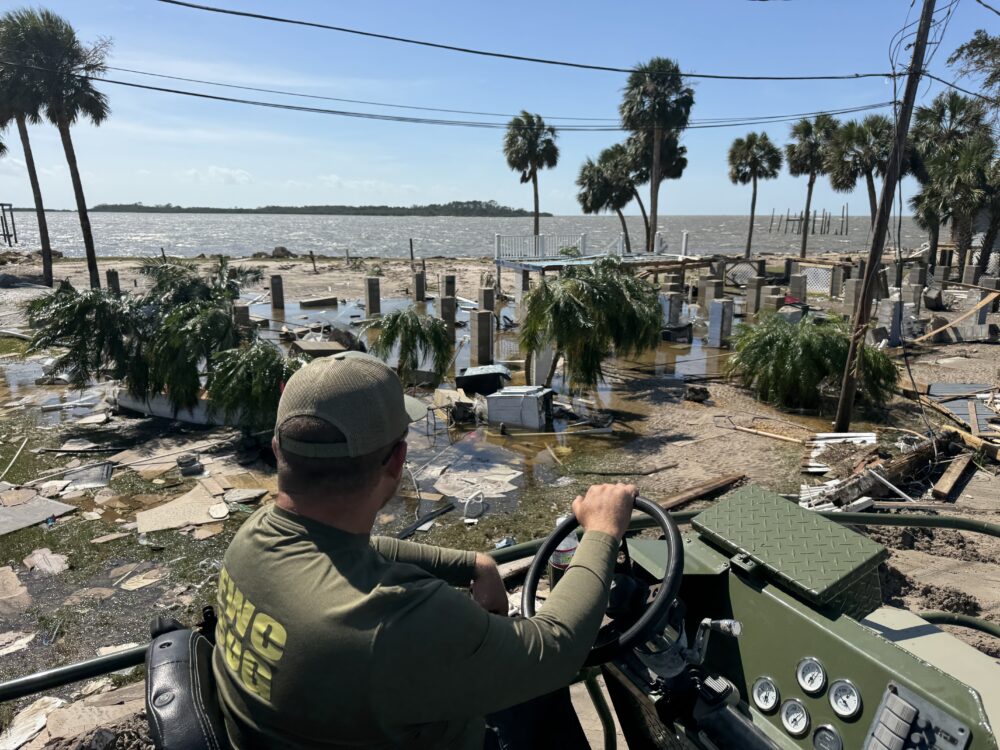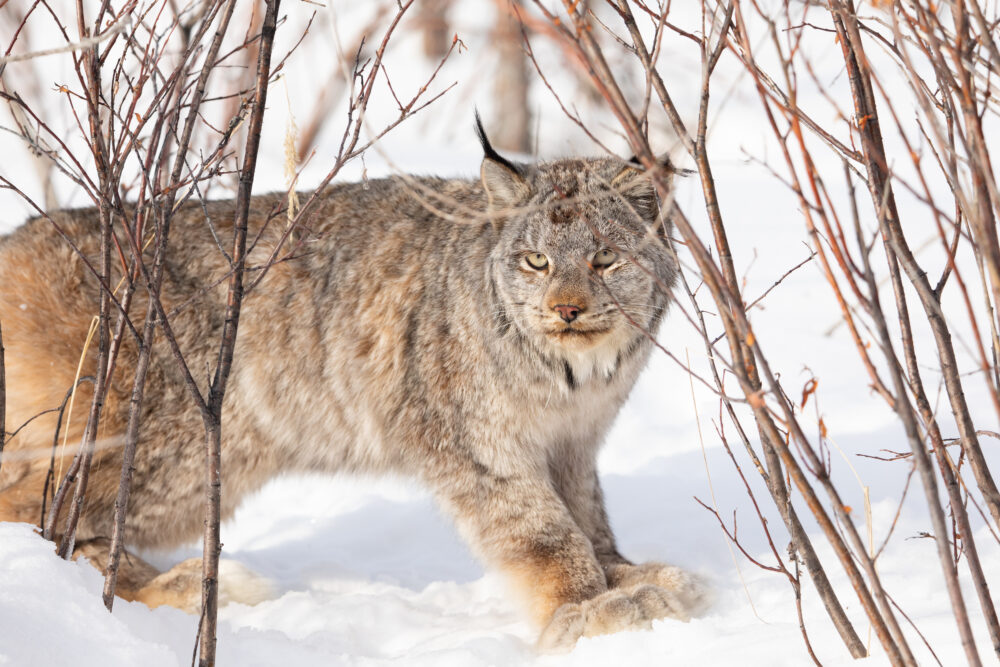We have much more to do and your continued support is needed now more than ever.
Baltimore Wildlife Week At-Home
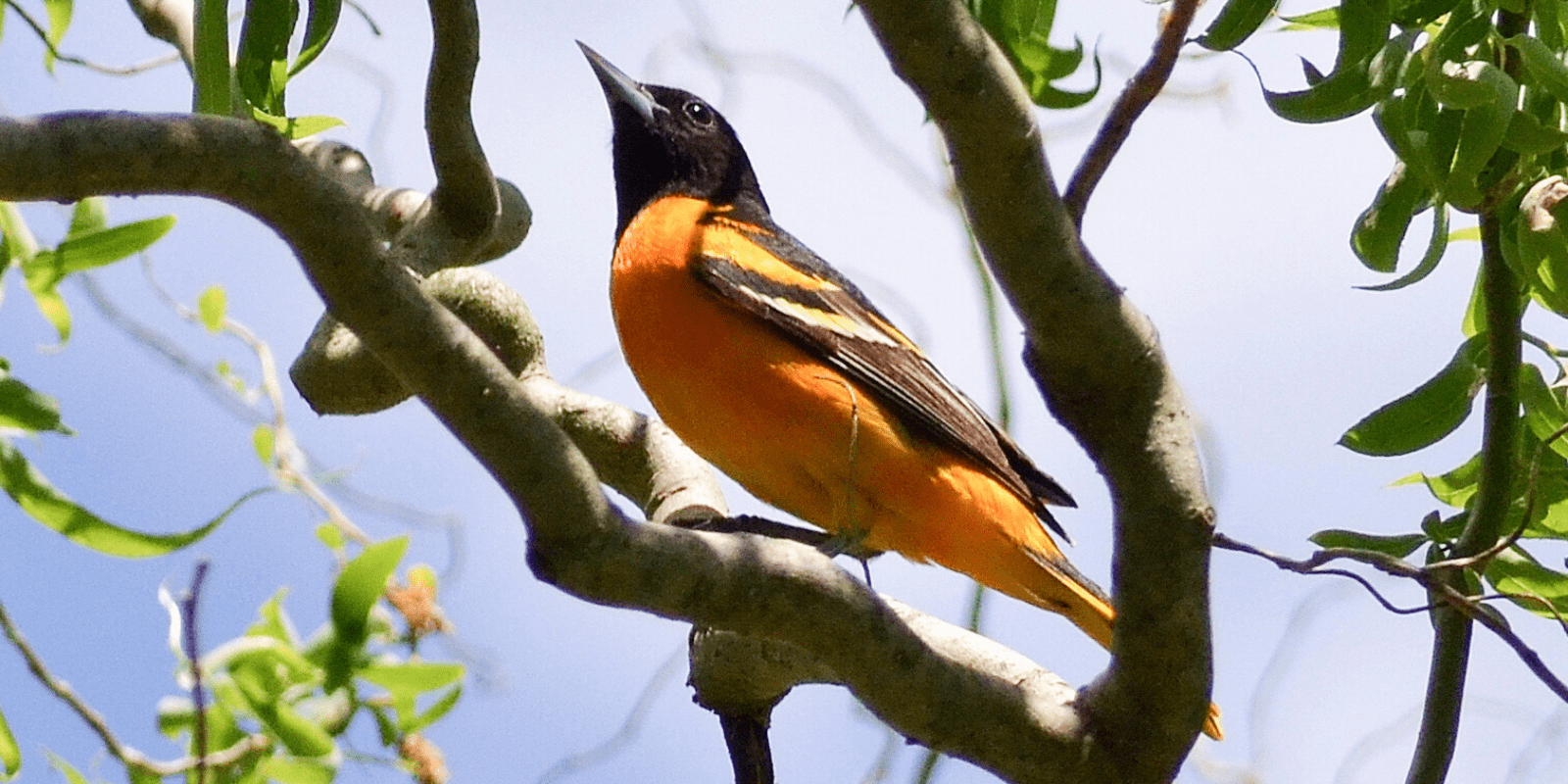
Although the public events originally planned for Baltimore Wildlife Week – May 1st through 8th — to kick off Garden for Wildlife Month have been canceled to keep our staff and communities safe, that doesn’t mean you can’t celebrate wildlife this week at home!
Use these fun nature facts that can help spruce up science homeschooling–or family conversation.
7 Wildlife Fun Facts:
1. The white oak is Maryland’s state tree! Often, this oak tree doesn’t start producing lots of acorns until it’s about 50 years old. Planting trees is one of the best things you can do to combat climate change! Learn more ways how trees make a difference.
2. The Baltimore checkerspot is Maryland’s state insect! While it was once common, it is now rare to see in Maryland due to habitat loss.
3. The eastern oyster can filter up to 50 gallons of water a day! Oysters naturally filter and purify the Chesapeake Bay.
4. Baltimore orioles seek out ripe fruit. Cut oranges in half and stick them in trees to invite orioles into your yard.
5. The peregrine falcon is thought to be the fastest animal in the world, able to reach speeds up to 240 MPH while in flight. Balimtore has a pair of falcons, Barb & Boh, who live on the roof of the Transamerica building downtown. Check out the live cam!
6. The rockfish is the official state fish of Maryland! Adults live in the Atlantic Ocean but lay their eggs in fresh or brackish water. The Chesapeake Bay’s tidal tributaries provide great spawning habitat for these fish. This fish can live up to 30 years!
7. The eastern red-backed salamander is a common critter found under logs and leaf litter throughout Baltimore. This amphibian lacks lungs and breathes through its thin skin. It even has “the ability to shed its tail if it is grabbed or it feels threatened.”
At-Home Activities
You can learn about wildlife and create habitat–especially at home! Here are two activities you and your family can do to celebrate Baltimore Wildlife Week.
Garden for Wildlife
By including native plants (and trees) in your garden or backyards, you can help restore habitat for pollinators and improve water quality for wildlife like oysters.
To restore oysters, we must preserve the water quality of the Susquehanna, Potomac, Rappahannock, York and James rivers before they empty into the Bay. Harmful excessive nutrient pollution can be reduced through restoration of riparian and wetland habitat and partnering with farmers to reduce fertilizer runoff polluting downstream waters. And you can do your part by including native trees and plants in your backyard, which help filter water before it reaches the Bay.
According to the Maryland Department of Natural Resources, young Baltimore checkerspot caterpillars depend on healthy populations of white turtlehead, and can then use arrowwood viburnum, narrow-leaved plantain, penstemon, and honeysuckle later in development. Our Native Plant Finder is the perfect tool to ensure you’re adding pollinator-friendly plants to your container garden or backyard.
Learn how to garden for wildlife safely while social distancing to get started planting with a purpose!
Birdwatch from Your Window
What’s outside your window? Use the free NWF Eco-Schools USA Bird Watching Activity and colorful Bird Identifier to stay engaged with nature from a window or city street.
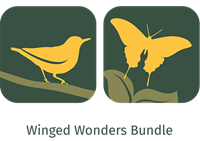
And with NWF’s Winged Wonders apps, you’ll learn how to identify the bees, butterflies, hummingbirds, and other pollinators that visit flowers for nectar, allowing plants to both reproduce and form the seeds, berries, fruits, and nuts that we enjoy.
Looking for more activities? Enjoy free Ranger Rick stories and activities — perfect for family fun!
Learn about the Checkerspot Butterfly’s Life Cycle
From eggs to caterpillar to pupa to adult, learn more about Maryland’s state insect through this downloadable coloring page!

